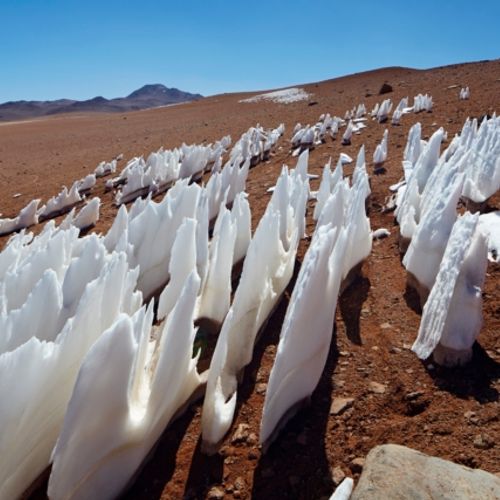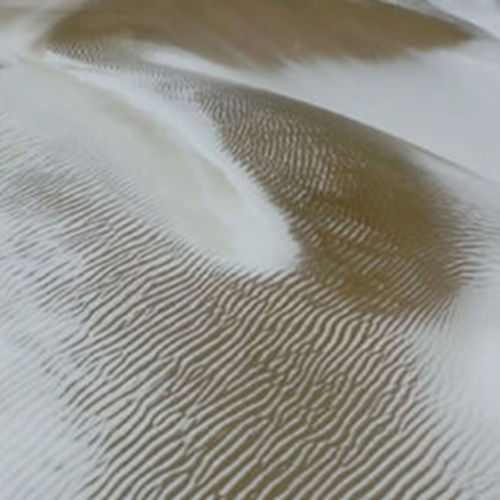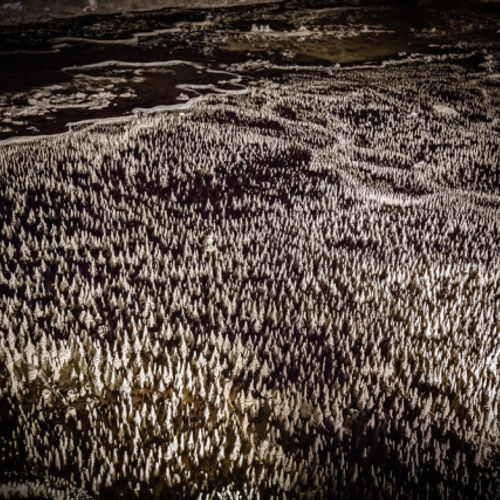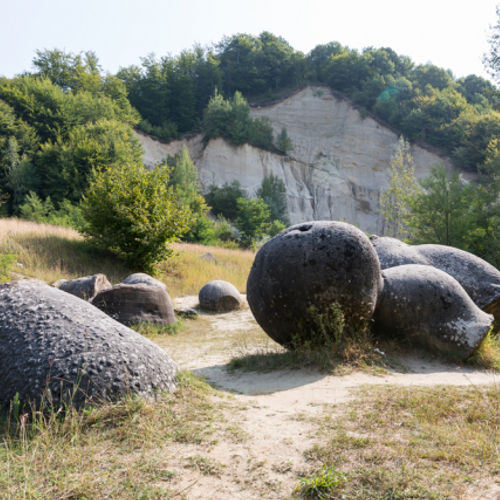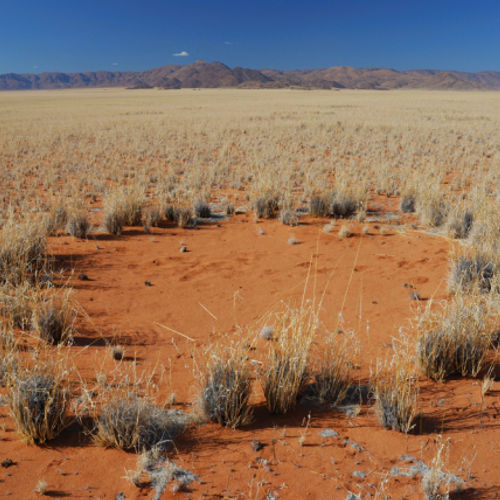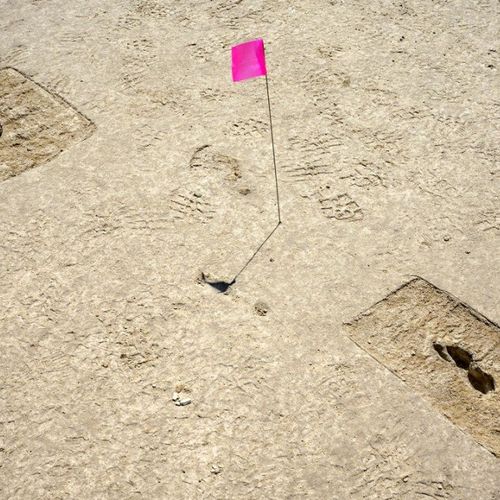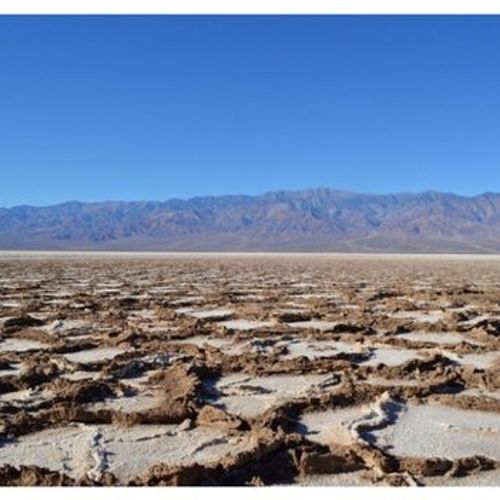
| Added | Tue, 28/02/2023 |
| Источники | |
| Дата публикации | Tue, 28/02/2023
|
| Версии |
For the first time, researchers have been able to explain the origin of mysterious honeycomb patterns found in salt deserts around the world.
Salt deserts are among the most extreme and inhospitable places on the planet, and their strange and amazing polygonal structures attract hundreds of thousands of tourists every year.
They are found in places such as the Badwater Basin of Death Valley in California and Salar de Uyuni in Chile, where they served as the backdrop for the desert planet Crate in the movie "Star Wars: The Last Jedi".
Now a team of researchers from the University of Nottingham Trent and TU Graz in Austria has been able to explain the origin of these patterns and their legendary shape and size.
Previously, it was assumed that the salt crust in the desert dries up and cracks form, around which patterns grow. According to another hypothesis, the salt crust grows continuously and, due to lack of space, bends, forming patterns.
However, none of these explanations explains the constant size - always from one to two meters - and the shape of the honeycomb.
Now researchers have offered a more plausible explanation, describing how the convection of salt water in the bowels is responsible for the formation of cellular patterns.
According to them, this can explain the constant size and growth rate of the patterns.
To understand this mystery of nature, the team combined research in the field of hydrodynamics from physics and geomorphology from geosciences and studied the phenomenon from several sides.
They observed in laboratory experiments how salt water moves in sandy soils, and analyzed the scales of the drawings under various conditions using numerical modeling. During two field studies in California, they observed patterns in nature and collected samples to show that currents in the subsurface mirror patterns seen on the surface.
They became the first research group to record on video how the salt pattern grows.
The evidence gathered by the researchers through experiments, simulations, and field research points to a unified picture.
The driving mechanism of pattern formation is the convection or circulation of salt water in the soil under the salt crust. The salt deserts in which these patterns occur are by no means dry, and very salty groundwater often reaches the level lying directly under the salt crust. In such deserts, you will quickly get to this water if you dig the ground with your hands, although it will be too salty to drink.
When this brine then evaporates under the hot summer sun, the salt remains. This makes the groundwater immediately below the surface saltier and therefore heavier than the fresher water that is still lurking below. If this difference in salinity is large enough, the saltier water at the surface begins to sink down, while the fresher water rises from below.
Like hot and cold water circulating due to convection in radiators, convection shafts of salty and less salty water are formed in the bowels.
A single convection shaft has a circular shape, which allows you to maximize the volume enclosed in the shaft while minimizing its circumference. However, when many convective shafts develop in the ground next to each other, they "squeeze" together and form hexagonal, honeycomb-like patterns, along the edges of which very salty water sinks down.
In places with a particularly high salt content, salt also crystallizes more on the surface. Over time, the resulting crust forms raised edges and bumps, which create a honeycomb salt pattern.
The first author of the study , Dr. Jana Lasser from TU Graz , said:
"This is a great example of fundamental research based on curiosity. Nature presents us with an obvious and fascinating riddle that stimulates our curiosity and thus encourages us to solve it - even without any direct possibility of further application."
In addition to satisfying curiosity, understanding the topography of salt deserts helps predict how much mineral-rich dust will be dislodged from the surface of salt deserts and lifted into the atmosphere. This dust, in turn, plays an important role in the formation of clouds and the transfer of minerals to the oceans.
Новости со схожими версиями
Log in or register to post comments

